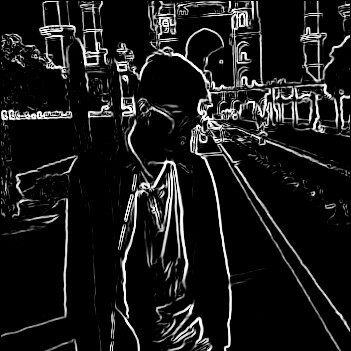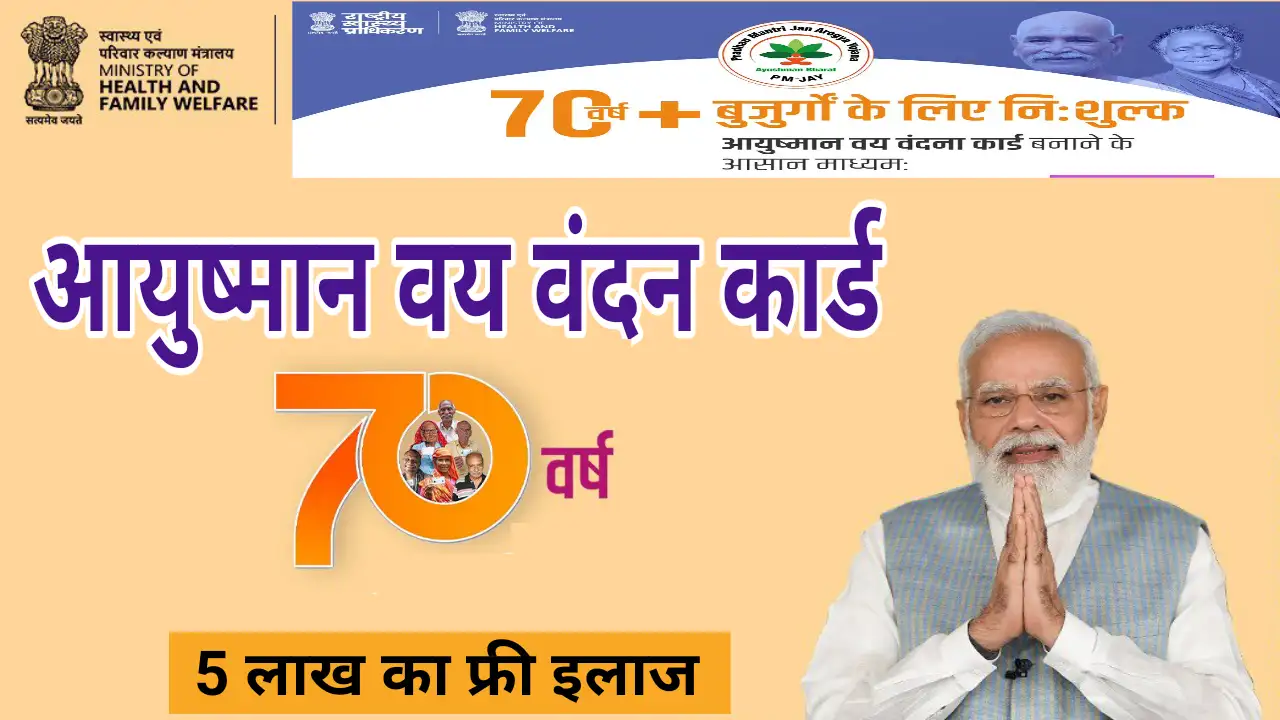Stand-up comedy in India has evolved from a niche urban pastime to a vibrant cultural force over the past two decades. Once overshadowed by Bollywood and television skits, it has become a mainstream entertainment medium, propelled by social media, OTT platforms, and a growing audience seeking relatable humor. This article delves into the origins of stand-up comedy in India, its rise to popularity, the current craze as of June 2025, and the comedians defining this dynamic scene.
Origins of Stand-Up Comedy in India
The roots of stand-up comedy in India can be traced to traditional performance arts like Chakyar Koothu, a satirical monologue from 16th- and 17th-century Kerala, which featured direct audience engagement and social commentary, much like modern stand-up. However, the contemporary format—a solo performer delivering unscripted or semi-scripted humor without props—emerged in the 1980s. Early trailblazers like Johnny Lever performed at events such as the 1986 charity show Hope 86, captivating audiences with his comedic flair in front of Hindi film industry luminaries. Lever’s acts, often filler segments in larger events, laid the foundation for stand-up as a distinct art form.
In the 1980s and 1990s, comedy remained largely confined to television and films, with figures like Mehmood, Jaspal Bhatti, and Shekhar Suman dominating through shows like Movers and Shakers. These performances leaned on slapstick or scripted humor, lacking the raw, conversational style of modern stand-up. The absence of dedicated comedy venues and limited internet access restricted stand-up’s growth, keeping it a marginal pursuit compared to music or dance performances.
When Stand-Up Comedy Became Popular
The mid-2000s marked a turning point for stand-up comedy in India, driven by television reality shows and the rise of the internet. The 2005 TV show The Great Indian Laughter Challenge was a game-changer, bringing stand-up to a national audience. Comedians like Raju Srivastav, dubbed the “King of Comedy,” and Kapil Sharma, who won in 2007, became household names. Sharma’s subsequent show, Comedy Nights with Kapil, further popularized the genre, blending stand-up with skit-based humor.
The period from 2010 to 2015 was the “golden era” of Indian stand-up, fueled by several key developments:
- Diaspora Influence: Comedians like Vir Das and Papa CJ, who refined their craft abroad, returned to India around 2008–2010, introducing a polished, English-language stand-up style. Vir Das, after facing early setbacks in Chicago, founded Weird Ass Comedy in Mumbai, nurturing new talent. Papa CJ organized India’s first open mic in Delhi in 2009, creating a platform for aspiring comedians.
- YouTube and Social Media: The internet’s democratization post-2010 allowed comedians to reach audiences directly. Kanan Gill and Biswa Kalyan Rath gained fame through their Pretentious Movie Reviews series, humorously critiquing Bollywood films. Zakir Khan’s 2016 video “When I Met a Delhi Girl” went viral, resonating with Hindi-speaking audiences and proving regional comedy’s mass appeal.
- Comedy Collectives: Groups like All India Bakchod (AIB), founded by Tanmay Bhat and Gursimran Khamba, and East India Comedy (EIC), with members like Sapan Verma and Azeem Banatwala, emerged in 2012. AIB’s 2015 roast of Bollywood actors Ranveer Singh and Arjun Kapoor drew mainstream attention, despite controversy, cementing stand-up’s cultural relevance.
- Dedicated Venues: The establishment of comedy clubs like Canvas Laugh Club in Mumbai in 2010 provided a stage for comedians like Zakir Khan, Tanmay Bhat, and Biswa Kalyan Rath. Open mic nights in cities like Mumbai, Delhi, and Bangalore fostered a vibrant comedy ecosystem.
By 2015, stand-up comedy had transitioned from an urban niche to a mainstream phenomenon, with comedians performing in English and Hindi, appealing to diverse audiences across India.
The Current Craze (2025)
As of June 2025, stand-up comedy in India is a thriving industry, driven by OTT platforms, social media, and a growing middle class with disposable income. The craze is evident in several trends:
- OTT Platforms: Platforms like Netflix and Amazon Prime Video have elevated stand-up’s reach. Shows like Comicstaan have launched talents like Nishant Suri, Prashasti Singh, and Samay Raina, while specials by Vir Das (Abroad Understanding, Losing It) and Zakir Khan (Kaksha Gyarvi) have gained global audiences. In 2023, Zakir Khan became the first Asian comedian to perform at London’s Royal Albert Hall, selling out to 5,000 fans.
- Live Shows and Festivals: Comedy festivals and live gigs are now common in metro cities and Tier-II cities like Pune, Hyderabad, and Chandigarh. Comedians like Anubhav Singh Bassi, Aakash Gupta, and Harsh Gujral sell out auditoriums, with ticket prices ranging from ₹400 to ₹2,000. Corporate gigs and college events pay comedians ₹30,000–₹50,000 per show, with top names earning significantly more.
- Regional and Female Voices: The post-2016 Jio revolution, which brought affordable internet to smaller cities, has diversified the comedy scene. Hindi and regional-language comedians like Munawar Faruqui and Gaurav Kapoor connect with small-town audiences, while female comedians like Aditi Mittal, Prashasti Singh, and Swati Sachdeva tackle topics like gender and social taboos. Initiatives like Jeeya Sethi’s FemaPalooza in Mumbai and Delhi promote women in comedy, addressing the genre’s historically male-dominated landscape.
- Social and Political Commentary: Stand-up has become a platform for socio-political discourse, with comedians like Kunal Kamra and Varun Grover addressing sensitive issues. This has led to controversies, such as FIRs against Munawar Faruqui for alleged offensive remarks and Kunal Kamra’s 2020 no-fly ban after confronting a news anchor. Despite these challenges, the demand for bold, unfiltered humor remains strong.
Popular Names in Indian Stand-Up Comedy
The current stand-up scene is shaped by a mix of established and emerging comedians:
- Vir Das: A global icon known for Netflix specials and incisive commentary on Indian culture and politics.
- Zakir Khan: The “Sakht Launda,” celebrated for relatable humor on love, heartbreak, and small-town life, with over 5 million YouTube subscribers.
- Kapil Sharma: A mainstream star through The Kapil Sharma Show, blending stand-up with mass-appeal skits.
- Anubhav Singh Bassi: A former lawyer whose storytelling sets like “Hostel” and “Cheating” have millions of views.
- Aakash Gupta: Known for high-energy performances about Delhi life, including viral sets on the Delhi Metro and Indian weddings.
- Prashasti Singh: A Comicstaan runner-up breaking stereotypes with candid humor on women’s experiences.
- Kunal Kamra: A polarizing figure whose political satire sparks debates but retains a loyal following.
- Aditi Mittal: A pioneering female comedian addressing gender and social issues with sharp wit.
The following table summarizes key milestones in Indian stand-up comedy:
| Period | Milestone |
|---|---|
| 1980s | Johnny Lever performs at Hope 86, introducing modern stand-up. |
| 2005 | The Great Indian Laughter Challenge brings stand-up to national TV. |
| 2010–2015 | Comedy clubs, open mics, and collectives like AIB and EIC emerge. |
| 2016–2025 | OTT platforms and regional comedy fuel mainstream popularity. |
Challenges and Future Prospects
Despite its growth, Indian stand-up faces challenges:
- Censorship and Backlash: Comedians tackling political or religious topics often face legal action or social media trolling, as seen with Munawar Faruqui and Kunal Kamra.
- Accessibility: High ticket prices for live shows can exclude lower-income audiences, though free YouTube content mitigates this.
- Gender Disparity: While female comedians are gaining ground, the scene remains male-dominated, requiring more platforms like FemaPalooza.
Looking ahead, the integration of AI-driven content creation, virtual comedy shows, and expansion into regional languages like Tamil, Telugu, and Marathi could further democratize the genre, making it a cornerstone of India’s cultural landscape.
Conclusion
The rise of stand-up comedy in India reflects a cultural shift toward authentic, relatable storytelling. From its humble beginnings in the 1980s to its mainstream explosion in the 2010s, fueled by TV, YouTube, and OTT platforms, stand-up has become a powerful medium for humor, social commentary, and cultural expression. With comedians like Vir Das, Zakir Khan, and Aditi Mittal leading the charge, and new talents emerging from diverse backgrounds, the craze for stand-up comedy in 2025 shows no signs of slowing down. As the industry navigates challenges like censorship and inclusivity, it continues to redefine entertainment in India, one laugh at a time.



